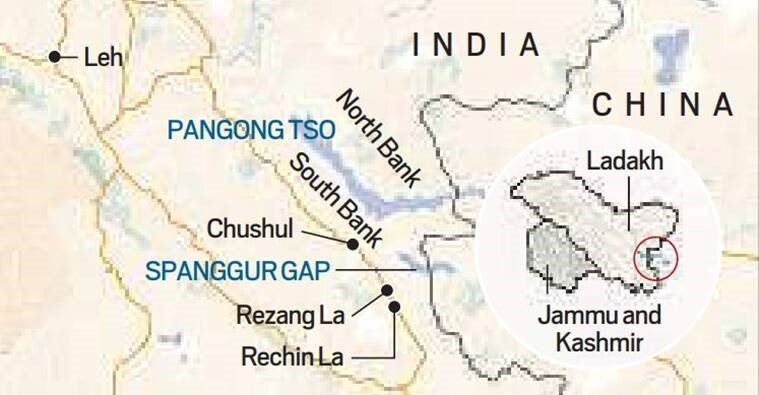
Prepare IAS Coaching
Current Affairs

Title : PANGONG TSO LAKE
Date : Jan 04, 2022
Description :
GS I
Topic à Geography
- Context:
- Violence between India and China has erupted in and around the Pangong Tso Lake in recent months.'
- Kicking and punching, stone hurling, and the use of sticks and steel rods have all been described as causing serious injuries.
- Normally, the two patrols would have practiced a "flag exercise," in which one side would show a banner asking the other to leave its territory.
- This exercise could last anything from a few minutes to an hour.
- Except for a little jostling here and there, the two sides would separate gently.
- Due to heightened tensions between the two troops at Doklam on the Sikkim border, the Chinese chose to launch violence against the Indians this time.
- What is Pangong Tso's significance:
- Pangong Tso is a long, thin, deep, landlocked lake in Ladakh, Himalayas, at a height of almost 14,000 feet.
- The 135-kilometer-long lake, which is shaped like a boomerang and spans 604 square kilometers, is 6 kilometers wide at its widest point.
- Pangong Tso's western terminus is 54 kilometers southeast of Leh.
- In the winter, the brackish water lake freezes over, making it perfect for ice skating and polo.
- What is the source of the conflict:
- The Line of Actual Control (LAC) runs through the lake, but its exact location is disputed by India and China.
- When the Army unit from the region was relocated to Kargil for Operation Vijay in 1999, China took advantage of the chance to construct a 5-kilometer road along the lake's edge inside Indian territory.
- Chinese fortifications on the northern tip of Pangong Lake physically overlook Indian positions from one of these roads.
- Currently, India controls a 45-kilometer stretch of the lake's western shore, while China controls the rest.
- The majority of the battles between the two armies take place in the lake's disputed area.
- What are the territorial rights in this area:
- The Chinese had a significant advantage over the Indians, as their superior boats could essentially run circles around them.
- India, on the other hand, purchased superior vessels, prompting a speedier and more aggressive response.
- Tourists were not permitted to visit Pangong Tso until 1999, and even now, an Inner Line Permit must be obtained from the office of the Deputy Commissioner in Leh.
- Tourists are now only permitted to travel up to Spangmik village, around 7 kilometers into the lake.
- Source à The Hindu à 04/01/22 à Page Number 1
